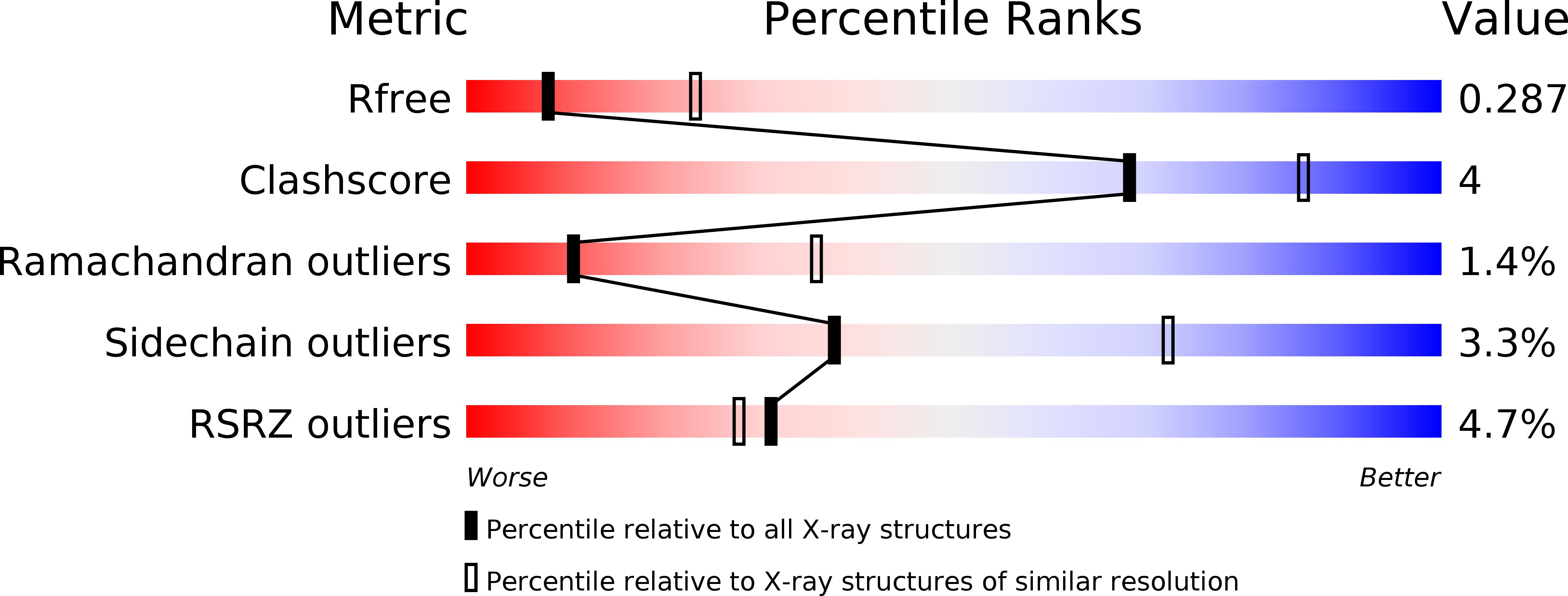
Deposition Date
2015-09-20
Release Date
2016-08-31
Last Version Date
2024-10-23
Method Details:
Experimental Method:
Resolution:
2.90 Å
R-Value Free:
0.27
R-Value Work:
0.22
R-Value Observed:
0.23
Space Group:
C 1 2 1


